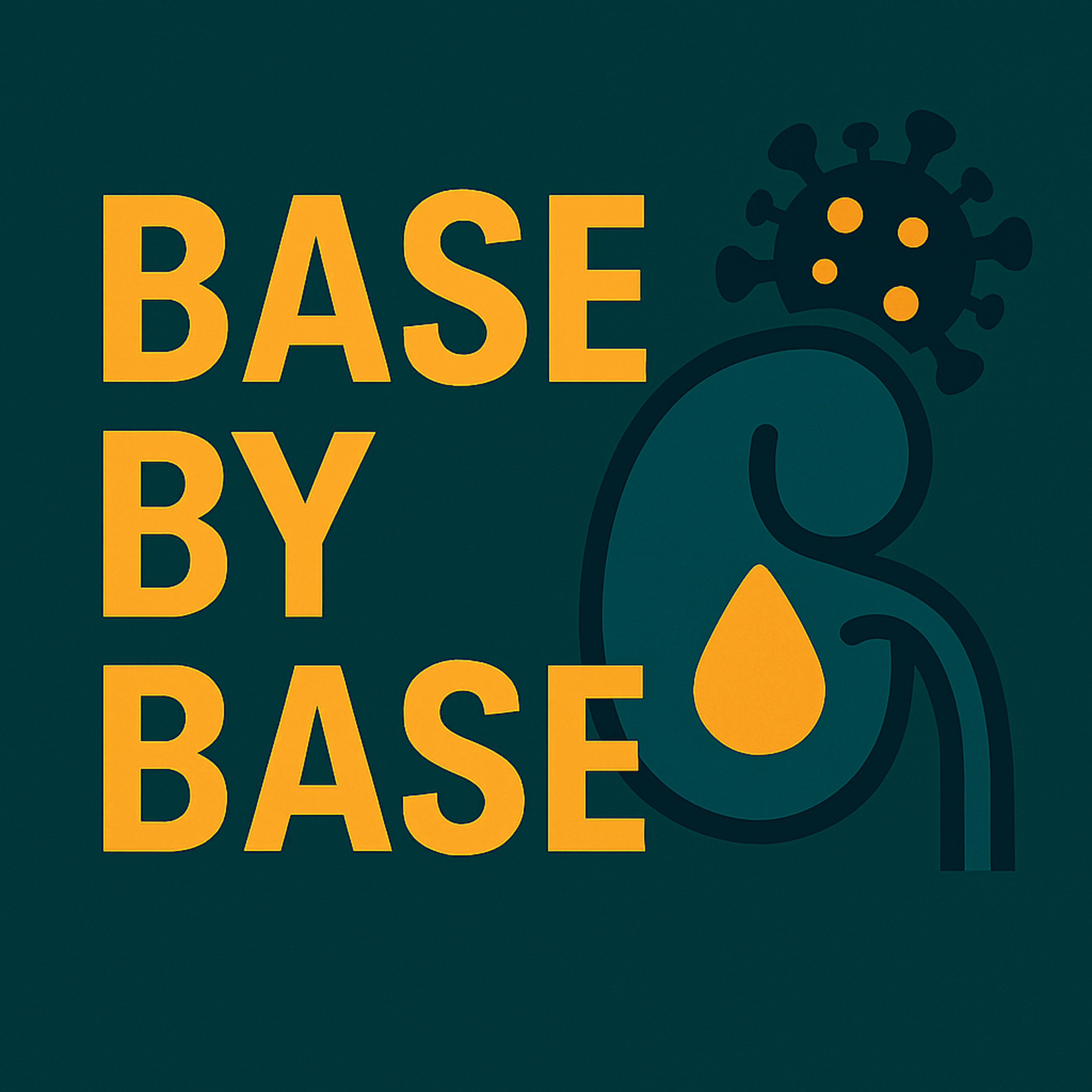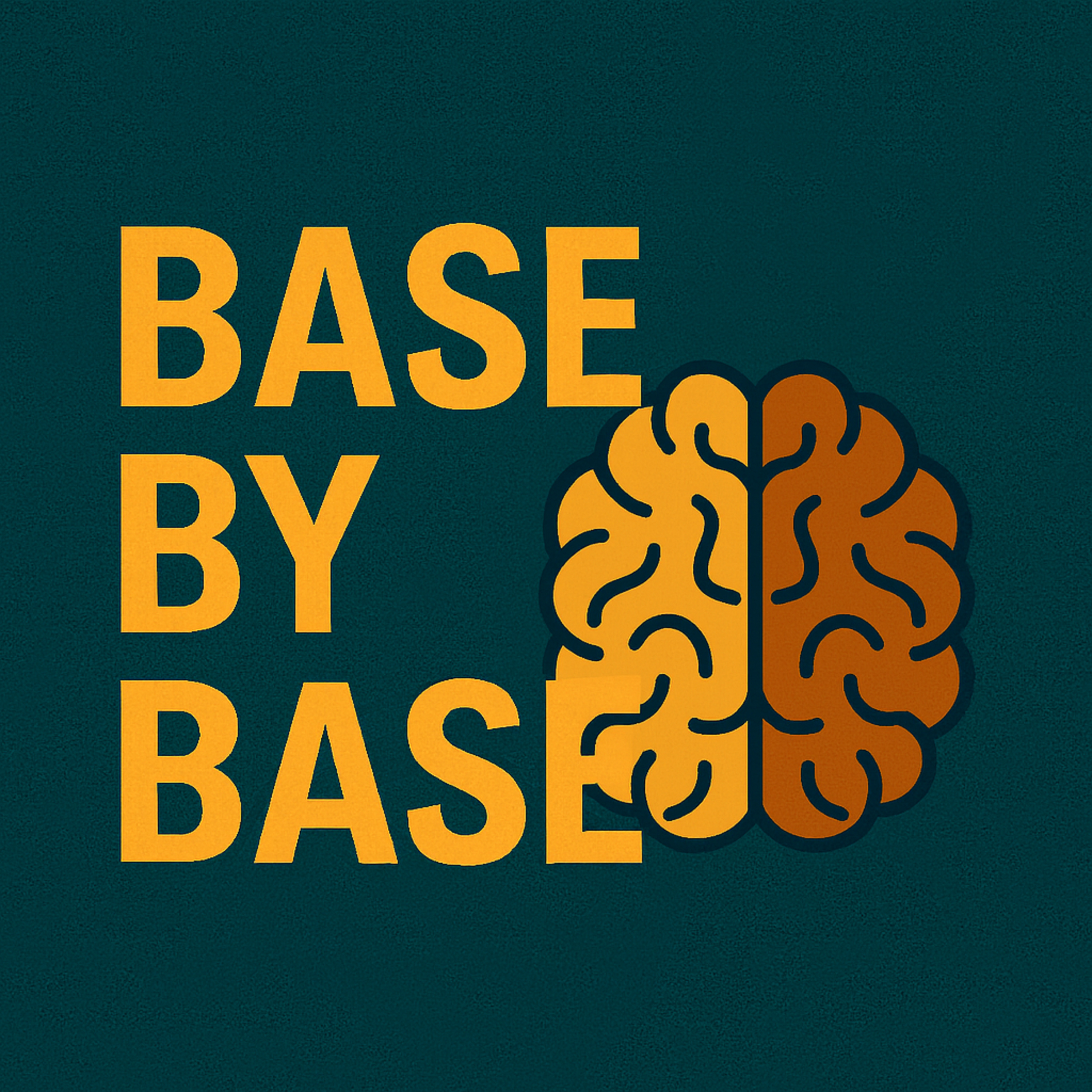Show Notes
️ Episode 54: Temporal Immune Landscapes — A Multi-Omic Lens on COVID-19 in End-Stage Kidney Disease
In this new Base by Base episode we unpack a 2025 Cell Genomics study by Stephenson et al. that followed 61 haemodialysis patients through two waves of the pandemic. Using single-cell multi-omics (CITE-seq, VDJ-seq) across 580 000 immune cells, the team captured how SARS-CoV-2 reshapes the blood compartment over time, why some patients spiral into critical illness, and how routine dexamethasone therapy rewires monocyte behaviour.
Main highlights
Longitudinal immune-gene trajectories diverge sharply between mild/moderate and severe/critical COVID-19.
Interferon-stimulated genes rise early after symptom onset and peak higher in severe cases.
Rapidly expanding T-cell clones are enriched for SARS-CoV-2-specific TCRs that converge on shared, MHC-II-restricted motifs.
Glucocorticoid therapy triggers a CD163-high monocyte subset with an M2-like, anti-inflammatory transcriptome that is absent without steroid exposure.
Conclusion
By marrying temporal sampling, single-cell transcriptomics, surface proteomics and immunoreceptor sequencing, the study maps an immune storyline in which early interferon pressure, B-cell hyper-proliferation and selective T-cell expansion set the stage for outcome, while dexamethasone adds a late anti-inflammatory twist. The dataset is a blueprint for understanding COVID-19 in clinically vulnerable populations and for refining immunomodulatory strategies.
Reference
Stephenson, E., Macdonald-Dunlop, E., Dratva, L.M. et al. (2025). Temporal multi-omics analysis of COVID-19 in end-stage kidney disease. Cell Genomics, 5, 100918. https://doi.org/10.1016/j.xgen.2025.100918
License
This episode is based on an open-access article distributed under the Creative Commons Attribution 4.0 International license (CC BY 4.0).




